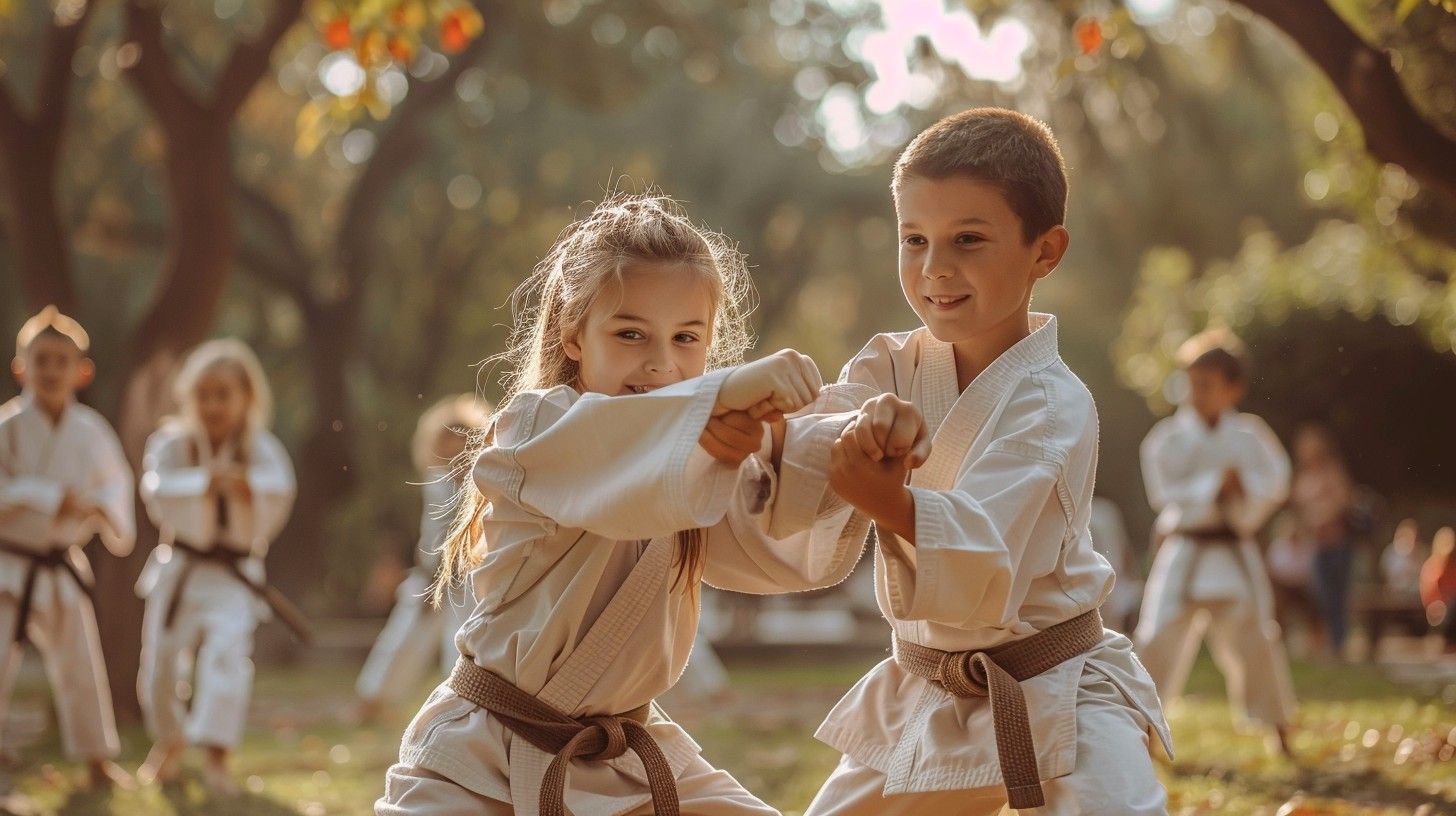What to Look for in a Martial Arts School - Adults
Looking for a martial arts school as an adult? A few tips.
Martial arts training offers a variety of benefits—self-defense skills, physical fitness, mental discipline, and personal growth. However, not all martial arts schools are created equal, and choosing the right one can be a crucial factor in achieving your goals. Whether you're interested in Brazilian Jiu-Jitsu, Muay Thai, Karate, or any other discipline, there are several key factors to consider before committing to a school. Here’s a guide on what to look for when joining a martial arts school.
1. Instructor Credentials and Experience
The quality of the instructor is perhaps the most important consideration. A highly skilled instructor will not only teach you techniques effectively but also create a positive, supportive learning environment. Look for instructors with solid credentials in the martial art they teach. This includes a proven track record in both teaching and competition (if applicable). Credentials like black belts, certifications, or championships can indicate competence, but the ability to teach well is equally critical. Please note, stripes on belts, trophies, pictures on the wall, etc. do not equate to being a good teacher or the teacher that is best for you.
Additionally, experience is key. A seasoned instructor with years of practice will be able to provide nuanced insights into techniques and strategies, while also ensuring safety during training. Don’t hesitate to ask the instructor about their experience and teaching style. Some schools might offer trial classes, which allow you to observe the instructor’s teaching method firsthand.
2. School Reputation
A school's reputation often reflects its quality. Research the school’s history and read reviews from current or former students. Positive reviews often point to a professional environment, effective teaching methods, and respectful training culture. If possible, speak with other students about their experiences. You can also check online forums or social media groups related to martial arts communities.
Word of mouth is invaluable, so ask people in your area or in online communities about their experiences with specific schools. Reputable schools are more likely to provide a welcoming environment and promote the ethical and moral aspects of martial arts training, not just physical techniques.
3. Training Atmosphere and Culture
The environment within the school plays a huge role in your overall experience. Is it a supportive, friendly atmosphere where students help each other progress? Or does it feel intimidating or overly competitive? The culture of the school should align with your personal goals—whether that’s fitness, self-defense, competition, or personal development.
When visiting a school, observe the interaction between students and instructors. Are the students respectful of one another? Does the instructor encourage a positive and cooperative atmosphere? It's also important that the school promotes a healthy attitude toward discipline and personal growth, rather than focusing solely on winning or rank. A positive atmosphere will make learning easier and more enjoyable.
4. Class Structure and Curriculum
A well-organized curriculum will ensure steady progress and skill development over time. Ask the school about its curriculum structure—how are classes organized, and what’s the progression system? A good martial arts school will offer a clear roadmap, with beginner, intermediate, and advanced levels, ensuring you can track your progress and continue developing your skills.
Some schools may offer a more traditional approach with a set syllabus (such as in Karate or Taekwondo), while others, like Brazilian Jiu-Jitsu or Muay Thai, may focus on practical application and technique refinement. Make sure that the curriculum aligns with your goals, whether that’s learning for fitness, competition, or self-defense.
5. Facilities and Equipment
The cleanliness and condition of the facilities should also be a priority when selecting a martial arts school. The mats should be clean and well-maintained to prevent injury. Proper equipment—such as punching bags, pads, and protective gear—is also essential, particularly for martial arts that involve striking or grappling.
In addition to physical conditions, ensure that the facility is spacious enough to accommodate the class size comfortably. Training areas should provide enough room for practice while ensuring a safe environment for sparring and drills.
6. Class Size and Individual Attention
The size of the class will impact the quality of your training. Smaller classes generally allow for more individual attention from the instructor, which is beneficial for skill development. If the class is overcrowded, it can be difficult for the instructor to address individual needs, and students may not receive the necessary correction or feedback.
However, larger classes can be advantageous in certain contexts, especially for sparring and group drills. Finding a balance is key—too small, and the energy and variety might be lacking; too large, and you may not get the attention you need. During a trial class, gauge whether the instructor is able to interact with all students and give adequate attention to everyone.
7. Location and Schedule Flexibility
The location of the martial arts school should be convenient enough for you to attend regularly. If the school is too far from your home or workplace, you may struggle to find the motivation to train consistently. Check the class schedule as well. Are there enough options to fit your schedule? Do they offer morning, evening, and weekend classes?
Having flexible training times is important if you have a busy lifestyle. Some schools may offer open mat sessions or additional training opportunities, which could be useful if you’re eager to progress faster or train on your own outside of regular class hours.
8. Trial Class and Costs
Many schools offer a free or low-cost trial class, which can be an excellent opportunity to get a sense of the training environment, the instructor’s style, and whether you feel comfortable in the space. Use this trial class to ask questions, observe the class dynamic, and assess if the style suits your interests and goals.
Finally, make sure you understand the school’s pricing structure. While cost shouldn’t be the sole factor in your decision, it’s important to ensure the fees are clear and fit within your budget. Some schools may charge for uniforms, belts, or other equipment, so factor in all potential costs when making your decision.
Conclusion
Choosing the right martial arts school is an important decision that can shape your training experience and help you achieve your goals, whether they involve fitness, competition, or self-defense. Pay attention to the credentials of the instructors, the school's reputation, the class structure, and the overall atmosphere. By doing your research and visiting multiple schools, you can find an environment that fosters growth, learning, and personal development. Most importantly, select a school where you feel comfortable, supported, and inspired to push your limits. Best of luck.


